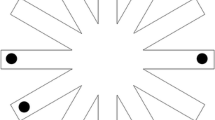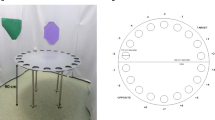Abstract
In the present article a number of comparative lesion studies in two inbred strains of mice (C57BL/6 and DBA/2) with different levels of radial maze performance are reviewed. The effects of lesions in several brain areas on maze learning were investigated, thus revealing strain differences in the neural circuitry subserving spatial cognition. Results showed that the hippocampus and parietal cortex appear to be involved in the control of radial maze learning in both C57 and DBA mice, although in a strain-dependent fashion. Lesions in other structures such as the medial frontal cortex and the amygdala only affected spatial learning in the C57 strain. Lastly, the results showed some improvement in radial maze performance in DBA mice with nucleus accumbens lesions. The data highlight the variability in the neural mechanisms subserving well-differentiated levels of spatial performance. The contribution of inbred mice to our general understanding of the neural basis of spatial cognition is discussed.
Similar content being viewed by others
Author information
Authors and Affiliations
Rights and permissions
About this article
Cite this article
Rossi-Arnaud, C., Ammassari-Teule, M. What do comparative studies of inbred mice add to current investigations on the neural basis of spatial behaviors?. Exp Brain Res 123, 36–44 (1998). https://doi.org/10.1007/s002210050542
Issue Date:
DOI: https://doi.org/10.1007/s002210050542




